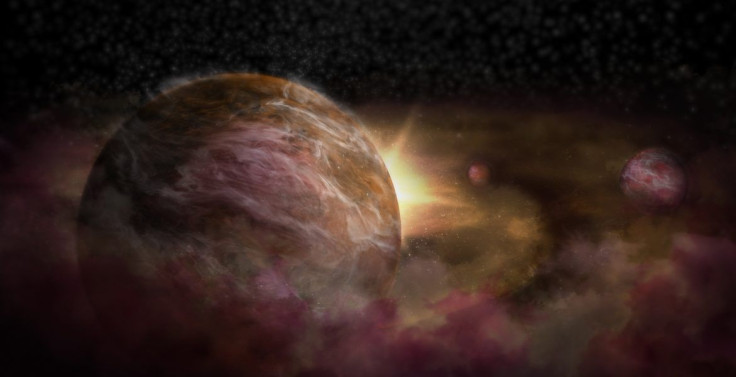New Study May Have Uncovered Secret To Planetary Formation

KEY POINTS
- A new study explains the process involved in planetary formation
- Scientists identified electrical polarization as a key factor in the aggregation of cosmic objects
- The concept behind planetary formation is similar to industrial procedures on Earth
A study presented a new theory regarding the formation of large cosmic objects such as planets. According to the authors of the new study, electrical polarization may play an important part in the aggregation of dust particles in space to form large cosmic structures.
In space, small dust particles stick together due to adhesion. The same concept can be seen on Earth when fine particles stick together to form slightly larger dust bunnies.
The dust particles in space can then grow into larger objects such as asteroids as they get drawn into each other due to gravity. Although studies have already been conducted on the formation of asteroids, little is still known as to the natural mechanism involved in causing these larger objects to form planets.
In a study recently published in the journal Nature Physics, a team of scientists indicated that in microgravity conditions such as in space, aggregated bodies develop electrical charges that cause them to stick to one another.
Although objects with similar charges will most likely repel one another, the charges of the aggregated bodies in space are so strong that they are able to polarize each other, causing them to act like magnets.
Similar to the concept of the dust bunnies, the authors of the new study noted that the electrical polarization of large objects in space can also be seen in industrial procedures. For instance, in pharmaceutical and plastic industries, fluid bed reactors are used to aggregate particles using static electricity.
“We may have overcome a fundamental obstacle in understanding how planets form,” the study’s co-author Troy Shinbrot of the Rutgers University-New Brunswick said in a press release.
“Mechanisms for generating aggregates in industrial processes have also been identified and that - we hope - may be controlled in future work,” he added. “Both outcomes hinge on a new understanding that electrical polarization is central to aggregation.”
For Shinbrot and his colleagues, their study explains how electrical polarization assist large cosmic bodies to stick together. Eventually, as they get bigger through the process of aggregation, some of these objects turn into planets.
© Copyright IBTimes 2024. All rights reserved.





















